§ Ryan Holmberg’s obituary for Tatsumi Yoshihiro is a must read, not only as a personal remembrance of the man and who he affected the author, but as a history of how one creator can influence an entire medium. Tatsumi is obviously a great cartoonist and an important cartoonist, but the road was bumpy, sometimes misunderstood and went off in different directions. However, it’s thrilling to read about its early development:
The gekiga style caught on like wildfire. Within a couple of years, most artists working in the mystery genre were using the term and a Tatsumi-inflected language. One publisher after another began emulating the detective anthologies Tatsumi contributed to, namely Shadow (Kage, founded in 1956) and The Street (1957). For a time, Tatsumi edited these and similar publications, thus shaping the manga scene not only as an artist but also as a mentor and curator. Shadow, no. 12 (1957), and The Street, no. 12 (1957), art for both covers by Tatsumi Yoshihiro. In 1959, Tatsumi and many of his peers moved to Tokyo to be closer to the big publishing houses. There, he helped formed the Gekiga Studio (Gekiga Kōbō), an artist-run publishing collective based on profit-sharing and editorial control, with a view ultimately to self-publishing. Amongst the many publications produced by the Gekiga Studio was the mystery and gangland anthology Skyscraper (Matenrō) from Togetsu Shobō. The organization was short-lived, disbanding after just six months, but its influence was great. It catalyzed the formation of some of the manga industry’s first formal production studios. Its publications established its contributors’ reputations in Tokyo, paving the way for the creation of their own (again short-lived) publishing houses and subsequently their move into the big time of mass print magazines.
Holmberg notes that Tatsumi’s earliest groundbreaking work is not available outside of its earliest publications, which were rental comics, and not easily archived. It would be fascinating to compare Tatsumi’s development in the late 50s to the earlier but sort of contemporary EC comics, a similar step forward for US comics. Of course the US development was mutilated into silence by the comic book hearings, It’s a common US comics parlor game to wonder how comics would have developed without the code. Gekiga was influential but still a small part of the vast manga factory system. Anyway read and ponder.
§ Area woman will not be attending Wizard World Raleigh.
§ Joe Quesada has started a tumblr and kicks it off with some nice Daredevil process stuff—it’s mostly to promote the upcoming Daredevil Netflix series, but I hope Quesada can update it now and then ongoing.
§ Copacetic Comics found some copies of Rubber Blanket #3 by David Mazzucchelli in the warehouse. Hurry up before they’re gone!
§ Hello Kitty for HIM? YES. Japanese clothier Nendo has designed a line of men’s t-shirts featuring the iconic kitty, but the take is male like the Le Corbusier, take off. Because men love architecture.
§ The Outhouse has reset its “Has DC Done Something Stupid” clock. One reason is those new costumes for the Big Three we showcased yesterday. Honestly, that’s just typical “we beginning, let’s change clothes!” stuff and after predictable outrage everyone will go back to their regular closet after a while.
Another reason is ire from normally good natured Walt Simonson over a disjointed reprint of his Orion stories.
However, I was dismayed when I began looking through the book and discovered that all of the backup stories for the issues, although included in the volume, have been separated from their lead stories and stripped of their context by putting them in the back of the Omnibus, in a separate section behind all the lead stories. And they aren’t entirely in order in that section either.
To say I was dismayed at these discoveries is probably too gentle a word, but what’s the point of going further? What’s done is done. It seems unlikely that there will be future collections of the same material. I feel it’s some of my best work, and I am very unhappy that the stories in this collection are never going to be read in the correct order by anyone except perhaps by extremely die hard fans of the work, or by people who simply go back and buy the original back issues.
The one bright note is that Dan Didio told me, after I spoke to him about the matter this afternoon, that if the book is reissued in paperback at some point down the road, he would do everything he could to see that all of the stories are printed in the correct order in that edition.
Simonson has published a “concordance” of sorts of the correct order.
That’s unfortunate, but sort of to be expected in all the moving tumult.
The final matter is the hints that DC will be raising the price of their comics to $4.99 at some point in the future. “Sending the trucks out with five bucks.” I know there is a lot of concern about profitability and all, and the last price rise was supposed to come with extra pages and all, but prices have been creeping up for a while across the board. $5 is not a cup of coffee. It’s a venti salted caramel with coconut milk and whipped cream. But when you get a venti salted caramel etc, it’s a treat, a special experience. Most regular periodical comics are very far from special experiences, but are most a tiny piece of the puzzle that will eventually get collected as part of a multi volume continuity experience. Not to sound snobby but I get all my periodical comics for free in one way or another but I often purchase smaller indie comics to support the creators. For $10 I can often get a small squarebound graphic novel of 40 pages or so with a complete, thoughtful story.
For instance, for a mere $5.99 you can purchase True Stories by Derf, a 40 page collection of his humorous strips for The City. Good value!
For $10 you can purchase Jeremiah by Cathy G. Johnson, a 160 page graphic novel about a young man growing up on a farm. It’s a beautifully realized piece about self-awareness, denial and other perennial themes. COMPLETE IN ONE VOLUME. 160 pages.
For $17.99 (less on Amazon) you can Buy Andre the Giant by Box Brown, a great biography of a fascinating historical figure.
And so on and so on. I haven’t even touched the digital side of things.
Anyway, $4.99 will be a tipping point for many readers. There are so many other options now, just in comics. I understand that economic factors play into this, some of them inevitable, but…yeah. Changing times .


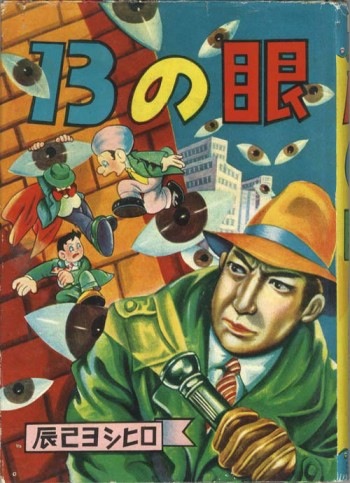
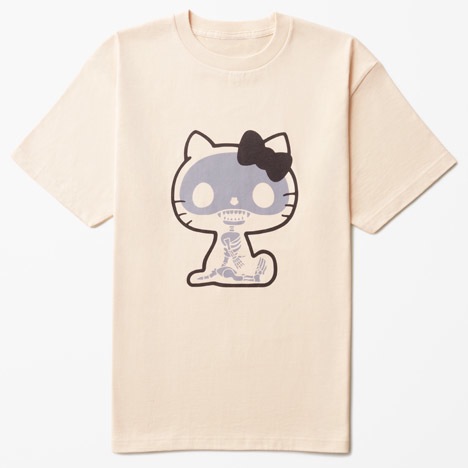
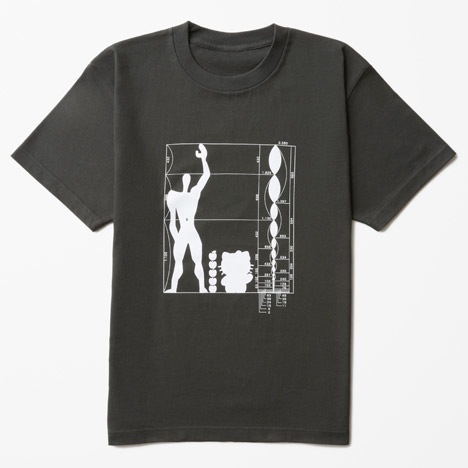
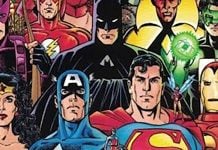

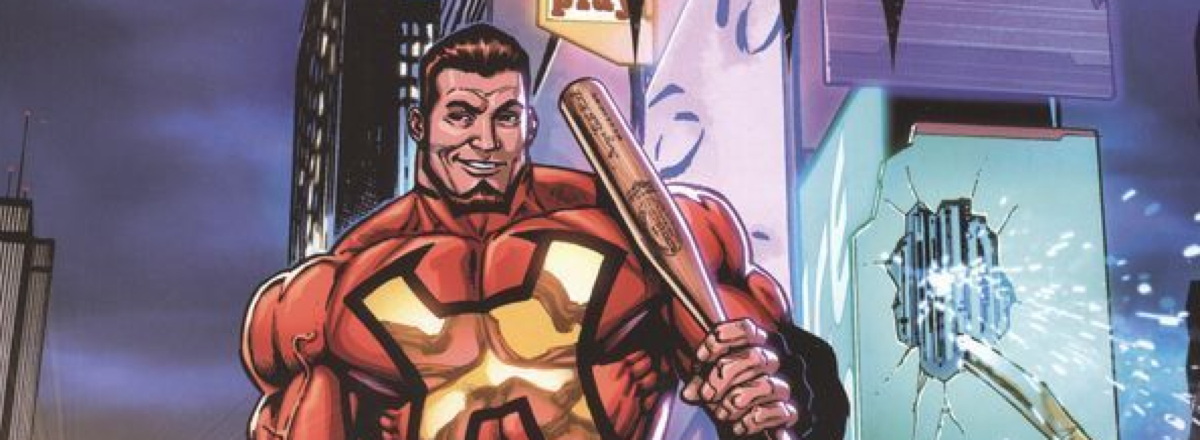


From 2.99 to 4.99? I think a step is being missed
it’s really difficult to justify paying $5 for a few dozen pages of illustrated story. I hope the indies keep their line on lower prices. This is their chance to expand their market share. I know that board rooms are full of executives who think a 65% price increase ($3 up to $5) is nothing, but let me tell ya, it does matter.
Five bucks for a comic book? I didn’t think DC could be any deader to me. I was wrong.
I don’t think they’ll be missing the 3.99 step. It’s their current 3.99s like Batman that will go to 5 bucks.
There seems to be a link missing that backs up the “hints” that DC is raising their prices to $5. As written it is given no context or confirmation to explain why you think DC comics will be upping the cost of their titles to such a degree.
Comments are closed.